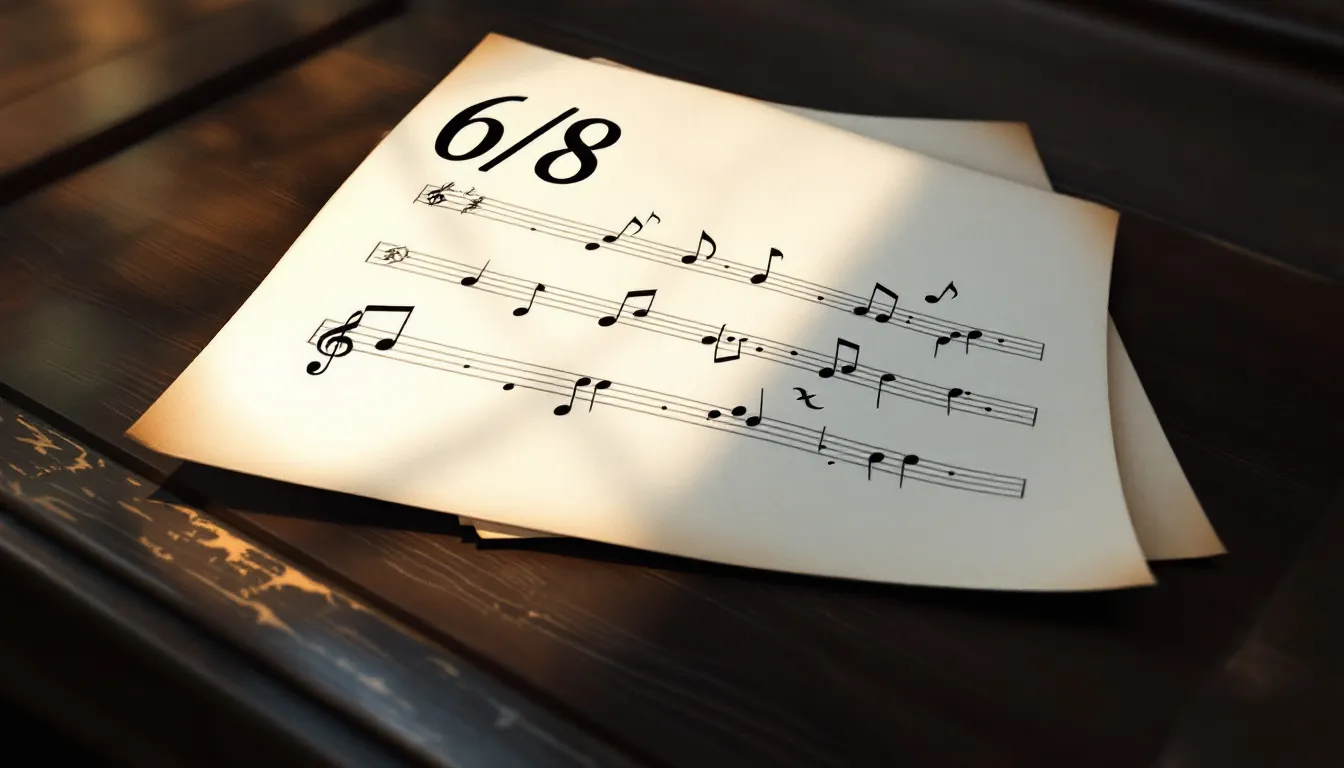
Are Major and Minor Thirds Truly Dissonant or Consonant?
In music, major and minor thirds are intervals that define the distance between two notes. A major third spans four semitones, while a minor third covers three. These intervals are typically considered consonant, providing a sense of harmony and stability. However, the perception of thirds can vary based on historical context and cultural interpretations. Let’s […]
Continue reading →







